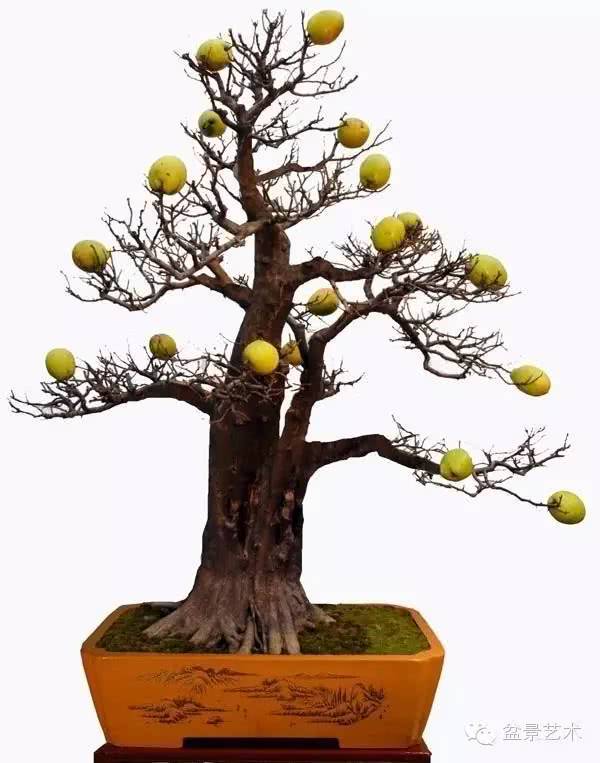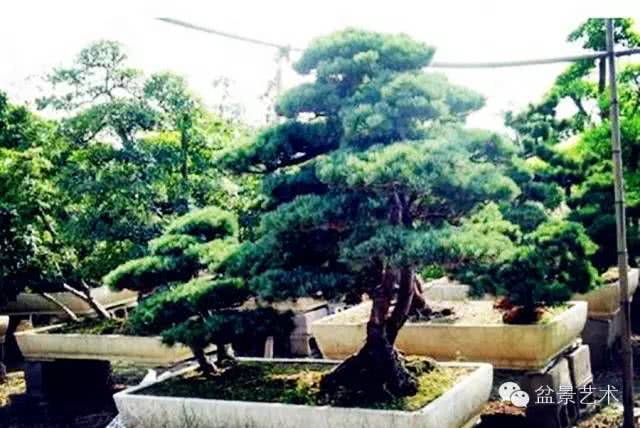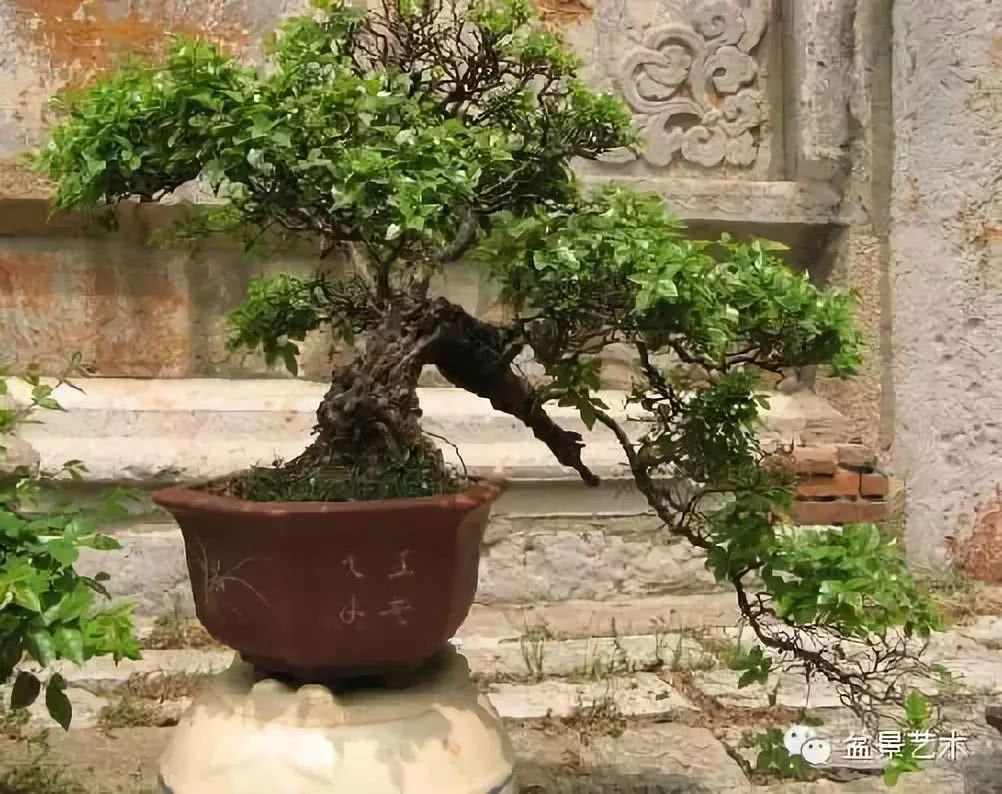Conservation of papaya bonsai

Papaya, also known as cantaloupe, is a deciduous shrub or small tree of Rosaceae, with yellowish green bark peeling off in flakes. Branchlets unarmed, Terete, initially purplish red, then gradually purplish brown or grayish brown; leaf blade elliptic-ovate or oblong, 5 cm to 8 cm long, apex acute, margin sharply serrate. Flowers solitary in leaf axils, with thick and short pedicels, flowers 5-merous, 2.5 cm to 3 cm in diameter, white or pink, blooming in April. The fruit is long oval, cyan at the beginning, dark yellow after maturity, smooth epidermis, Lignification, strong aroma, ripening from September to October. After picking, the fruit can be preserved for about half a year without bruising. Under the condition of ground cultivation, papaya has large leaves and fruit, which is 10 cm to 15 cm long and weighs 1 kg, but the leaves are small and dense, and the fruit is only the size of duck eggs, which is more suitable for making stump bonsai.
Papaya trunk is tall and straight, flowers and fruit fragrance, thick green leaves, strong branches after defoliation in winter, quite masculine beauty, often used to make straight dry type, oblique dry type, double dry type and other different forms of big tree bonsai. Papaya used to make bonsai can be cultured from small seedlings and propagated by sowing, cutting, high-altitude striping and grafting. The old tree eliminated by the garden department can also be used to make the trunk reach a certain height after sawing, then plant it into a tile pot or underground "raise billet", and cultivate new modeling branches, which can be shaped after pruning, flat binding, and pulling, and pay attention to making the larger wound properly modified to make it easy and natural, so as to achieve the artistic effect of "although it is man-made, like Tiancheng", and then move into the fine pot view.
The transplanting and turning of papaya should be carried out in early spring, with soil, and the main root should be cut short, leaving more lateral roots. Grow in neutral to slightly acidic, loose and fertile sandy soil, and apply rotten cake fertilizer as base fertilizer. Keep the basin soil moist without stagnant water during the growing period and keep it outside in a sunny place after survival. In early April, 0.2% potassium dihydrogen phosphate solution was sprayed on the leaves to make the buds strong and provide adequate nutrition for future flowering and fruiting. As the pot soil is less, nutrients are limited, fruit setting can not be too much, generally leave 3 to 5 fruits in each pot, the rest of the fruit should be removed as soon as possible, so as not to consume too much nutrition and affect the normal growth of the plant. Apply "alum fertilizer and water" once a month to prevent soil Alkalization and make the fruit taste fragrant. In order to keep the shape of the plant graceful, the heart is often picked from the head in the maintenance. After the defoliation in winter, the plant is pruned once, the withered branches, weak branches and other branches that affect the shape are cut off, and more strong branches are left, so that the flowers and fruits will be abundant in the coming year. Papaya is hardy and can stay outside in the sun and shelter in winter, it is best to bury the flowerpot underground, or it can be placed indoors above 0 ℃. The plant with too high temperature will germinate ahead of time, but it is disadvantageous to the growth of the second year, so the maximum temperature should not exceed 10 ℃ to make the plant fully dormant. Turn the pot every 1 to 2 years in early spring.
- Prev

Cultivate five-needle pine bonsai
(3) cultivation techniques of five-needle pine bonsai 3.1 seedlings choose five-needle pine bonsai usually buy one-to two-year-old seedlings for cultivation, and then shape. To choose and buy the ideal five-needle pine seedlings, you should pay attention to the following matters. (1) the needles should be short: five needles loose.
- Next

Climbing of Suzhou bonsai
Suzhou stump bonsai is mainly cut, supplemented by tie, coarse and fine cut, cut and used. Among them, climbing and pruning are the key to the shape of the stump. This paper focuses on its climbing branches. Suzhou tree stump bonsai traditional brown silk climbing. Brown silk and bark color.
Related
- Wuhan Hospital Iron Tree Blooming Result Was Instantly Frightened by the Gardener Master
- Which variety of camellia is the most fragrant and best? Which one do you like best?
- What is the small blue coat, the breeding methods and matters needing attention of the succulent plant
- Dormancy time and maintenance management of succulent plants during dormancy
- Minas succulent how to raise, Minas succulent plant pictures
- What are the varieties of winter succulent plants
- How to raise succulent plants in twelve rolls? let's take a look at some experience of breeding twelve rolls.
- Attention should be paid to water control for succulent plants during dormant period (winter and summer)
- Watering experience of twelve rolls of succulent plants
- Techniques for fertilizing succulent plants. An article will let you know how to fertilize succulent plants.

